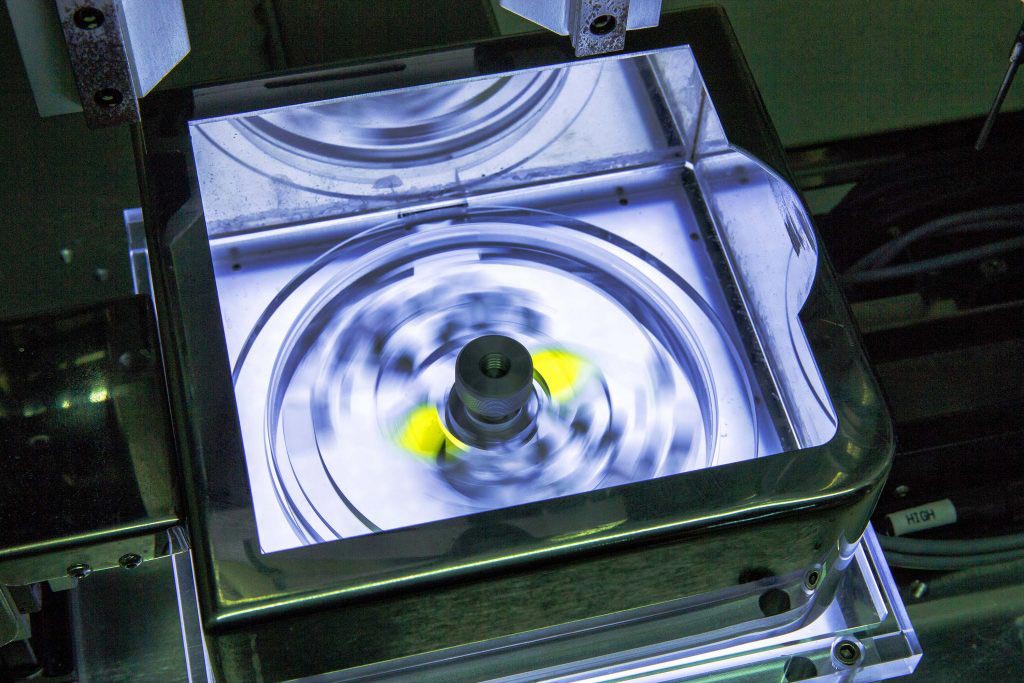Device Automates Collection of Extracellular Vesicles from Biological Fluids
By LabMedica International staff writers
Posted on 15 Mar 2017
A team of Korean cancer researchers has developed an automated system for isolating extracellular vesicles from biological fluids such as cell culture growth medium, urine, or blood.Posted on 15 Mar 2017
Extracellular vesicles (EVs) are cell-derived nanoscale vacuoles that can transport nucleic acids and proteins from their cells of origin and show great potential as biomarkers for many diseases, including cancer. Current methods of EV isolation and analysis require time-consuming complicated procedures, including ultracentrifugation, and demand large amounts of sample material.

Image: The Exodisc device effectively isolates extracellular vesicles from biological samples such as urine or blood (Photo courtesy of the Ulsan National Institute of Science and Technology).
To simplify the isolation and analysis of EVs, investigators at Ulsan National Institute of Science and Technology developed a rapid, label-free, and highly sensitive method based on a lab-on-a-disc device integrated with two nanofilters. This "Exodisc" device is composed of two independent filtration units (20 nanometers and 600 nanometers in size) within a disk-shaped chip. While being processed for 30 minutes in a tabletop-sized centrifugal microfluidic system, the sample is transferred through the two integrated nanofilters, which enriches EVs within the size range of 20 to 600 nanometers.
The investigators used a quantitative nanoparticle-tracking analysis technique to show that the Exodisc device enabled greater than 95% recovery of EVs from cell culture supernatant. Analysis of mRNA retrieved from EVs revealed that the Exodisc provided more than 100-fold higher concentration of mRNA as compared with the gold-standard ultracentrifugation method. In addition, an on-disc enzyme-linked immunosorbent assay (ELISA) using urinary EVs isolated from bladder cancer patients showed high levels of the marker proteins CD9 and CD81 expression, suggesting that this method may be potentially useful in clinical settings to test urinary EV-based biomarkers for cancer diagnostics.
"Using Exodisc, it is possible to isolate EVs from raw samples within 30 minutes," said senior author Dr. Yoon-Kyoung Cho, professor of biomedical engineering at Ulsan National Institute of Science and Technology. "The process of passing the filter through centrifugal force is automatically carried out, effectively recovering the enriched EVs. We are currently conducting further studies to determine various diseases, including cancer by analyzing the collected nanoparticles. We hope this device can contribute significantly to the advancement of studies related to tumor biology and acceleration of the practical use of EV-based liquid biopsies for personalized medicine in clinical settings."
The Exodisc device was described in detail in the January 9, 2017, online edition of the journal ACS Nano.













